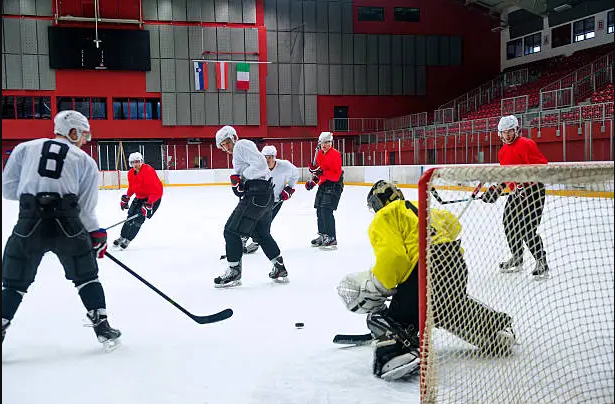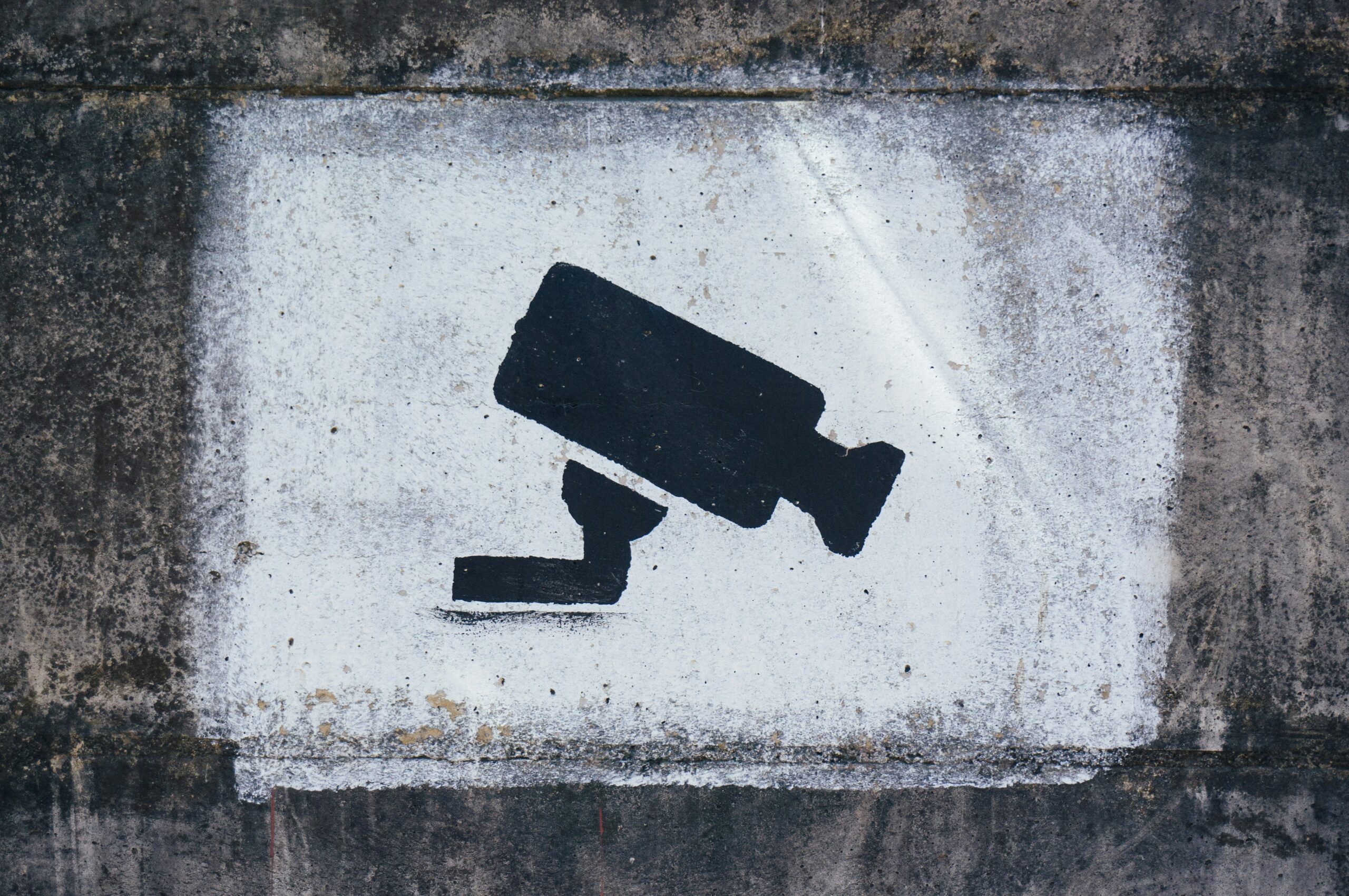Ice hockey in Canada has long been a cornerstone of the nation’s sports culture, captivating millions with its speed, passion, and rich tradition. As the sport evolves, Canadian ice hockey continues to innovate across multiple facets, from team expansions and youth development to groundbreaking technology and sustainability efforts. Here, we explore the latest trends shaping the future of ice hockey in Canada and how these developments are poised to leave a lasting impact on the sport.
1. Canadian Hockey League and Team Expansion
Canadian Hockey League (CHL):
The CHL, encompassing the Quebec Major Junior Hockey League (QMJHL), Ontario Hockey League (OHL), and Western Hockey League (WHL), is expanding with new teams and regional growth. The 2024-2025 season introduces new franchises, broadening the sport’s reach.

National Hockey League (NHL):
While Canadian NHL teams are well-established, discussions about potential expansion to new Canadian cities or reviving franchises in historic hockey cities are ongoing.
2. Youth Development and Programs
Youth Development Programs:
Modernizing youth hockey programs with inclusive and innovative approaches, local and regional associations are investing in better facilities and training technologies to enhance young players’ skills.
Inclusion Initiatives:
Efforts to increase diversity and inclusion in hockey are strengthening. Hockey Canada is promoting participation from underrepresented groups through programs for girls and marginalized communities.
3. Technology and Innovation
Performance Analysis:
Teams and coaches are adopting advanced technologies for performance analysis. Video analysis tools and data sensors provide precise evaluations of on-ice and off-ice performance, optimizing strategies and training.
Fan Experience and Streaming:
New streaming platforms and broadcasting improvements offer fans more flexible ways to watch games. Virtual and augmented reality experiences are also being explored to enhance spectator engagement.
4. Environmental and Sustainability Initiatives
Eco-Friendly Arenas:
New arena constructions and renovations incorporate sustainable practices, including the use of eco-friendly materials and energy management systems. Teams and leagues are adopting measures to reduce the carbon footprint of events and facilities.
Environmental Awareness:
In recent years, environmental awareness has increasingly become a focal point within Canadian hockey, with various campaigns and initiatives urging fans, teams, and organizations to adopt more sustainable practices. Hockey Canada and several provincial hockey associations have recognized the urgent need to mitigate the sport’s environmental impact, which includes large carbon footprints due to travel, energy consumption in ice rinks, and waste generation during games and events. In response, many teams have begun to integrate eco-friendly practices, such as reducing plastic use in arenas, promoting recycling programs, and switching to more energy-efficient lighting systems. The Canadian Hockey League (CHL), as well as individual teams in the NHL, have also taken steps to reduce their environmental footprints by using renewable energy sources, encouraging fans to carpool, and promoting digital tickets to eliminate paper waste. This collective movement towards sustainability not only reflects a growing responsibility within the sport but also serves as a powerful example for other industries to follow.

Furthermore, Canadian hockey organizations are becoming increasingly vocal about the need to inspire fans to adopt more sustainable behaviors. Through educational programs, partnerships with environmental NGOs, and awareness campaigns on social media, these organizations are helping to foster a culture of environmental responsibility within the hockey community. For instance, some teams host “green” game nights where fans are encouraged to bring reusable water bottles, and special events are organized to promote environmental conservation. In addition, athletes themselves are beginning to use their platforms to advocate for environmental causes, raising awareness about the importance of protecting natural resources. This shift toward eco-consciousness is not just a passing trend but is beginning to redefine the way hockey is viewed in Canada—by embracing sustainability, the sport is aligning itself with broader societal movements and showing its commitment to preserving the environment for future generations.
5. Special Events and Community Engagement
Outdoor Games and Special Events:
Outdoor games, such as Winter Classics, continue to attract large crowds with spectacular events that blend hockey with outdoor experiences, generating significant media coverage.
Community Engagement:
Teams and players are increasingly involved in community initiatives, including mentorship programs, fundraising, and volunteering. These activities strengthen ties between teams and local communities while showcasing the sport’s positive impact.
6. Regulatory Changes and Officiating
Rule Reforms:
Regular rule changes aim to enhance player safety and game flow, including adjustments to protective equipment and officiating practices to reduce injuries and promote cleaner play.
Officiating Technology:
The use of technology, such as video review and sensors, is growing to assist officiating, aiming to reduce human error and improve decision accuracy on the ice.
These developments illustrate that ice hockey in Canada is continuously evolving, with modern technologies, inclusion efforts, and new infrastructure playing a crucial role in the sport’s future.

Conclusion: A Thriving and Evolving Sport
Ice hockey in Canada is far from static—it is a dynamic, rapidly evolving sport that continually adapts to new challenges and opportunities. From the expansion of leagues and the modernization of youth programs to the adoption of cutting-edge technologies and a commitment to sustainability, Canadian hockey is in the midst of an exciting transformation. The sport’s deep connection to Canadian culture remains as strong as ever, but the way it is played, experienced, and understood is evolving in innovative ways. These developments are not only helping to shape the future of the sport in Canada but also ensuring that hockey remains a vibrant and inclusive part of the nation’s identity for generations to come. As new trends continue to emerge, Canadian hockey stands poised to continue its legacy while embracing the challenges and opportunities of the modern world.







